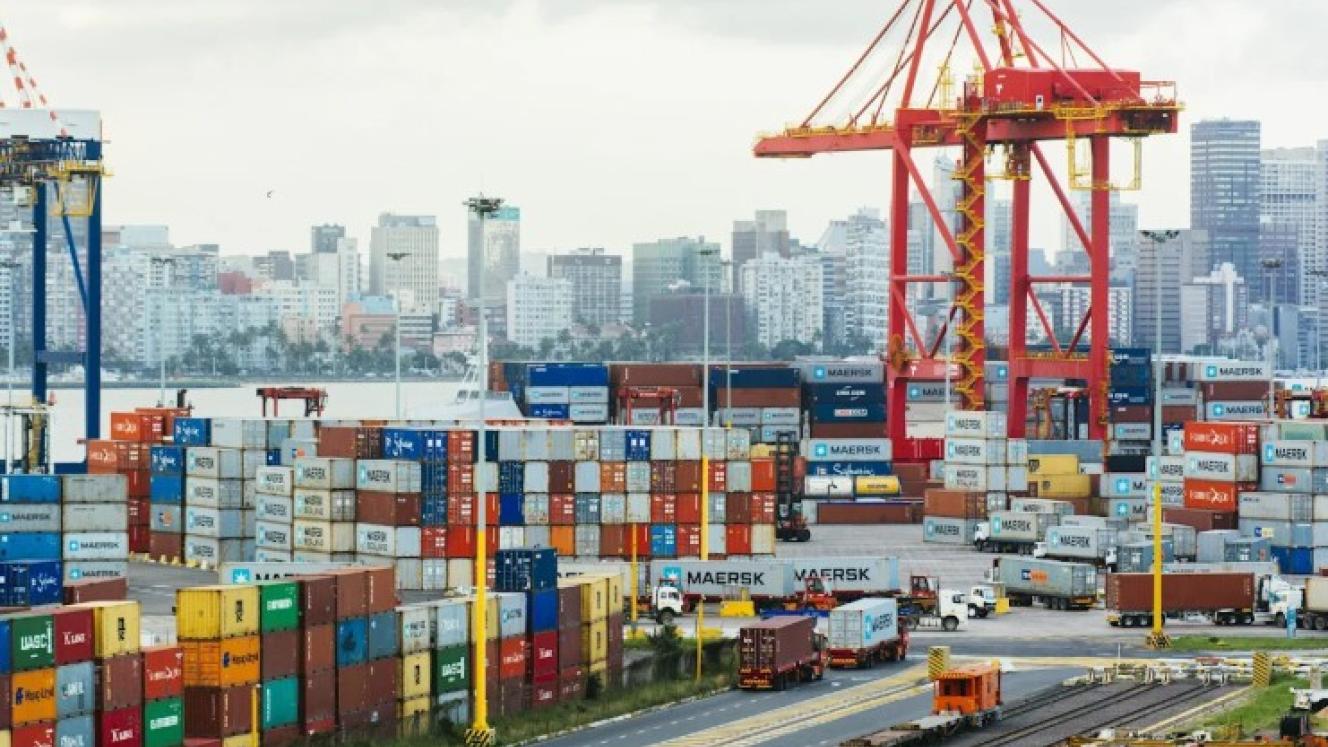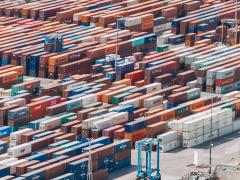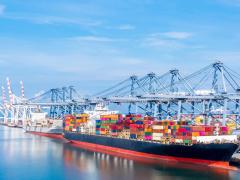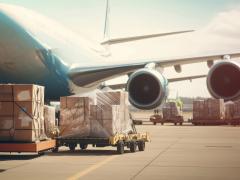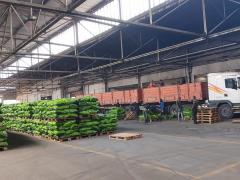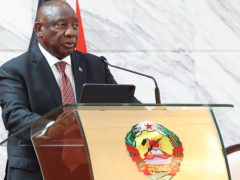The first half of the year (H1) has been marked by a complex interplay of geopolitical events influencing global shipping, including tariff measures implemented by US President Donald Trump, says Maritime Strategies International (MSI).
This has become apparent through the United States’ trade protectionism, the escalation of hostilities between Iran and Israel, and continued sanctions linked to Russia’s war in Ukraine.
As a result of geopolitical tumult, the liner trade has once again experienced an intense six months, says Adam Kent, managing director of MSI.
In a podcast by Seatrade Maritime, he says the number of variables affecting shipping markets appears to be increasing. These, he observed, had been layered on top of those already in place at the start of the year.
Despite the turbulence, Kent indicates that the global economy has shown a degree of resilience and that the macroeconomic performance has remained reasonably stable, in spite of all the opposing economic forces.
The United States posted modest GDP growth, supported by solid consumer demand, he says.
In contrast, Europe has continued to battle weak economic activity and industrial contraction, while China is still grappling with long-standing issues in its property sector.
Meanwhile, India and parts of Southeast Asia have helped buoy global GDP figures.
Looking ahead, Kent says MSI has adopted a more cautious stance for H2.
The independent consultancy expects global GDP growth to settle at approximately 2.5% for the year, with a potential uptick in 2026. He characterises the prevailing economic environment as one of steady, albeit modest, growth.
However, beneath the seemingly stable GDP figures, the shipping industry is contending with significant disruption and volatility.
Tariff measures, particularly those originating from the United States, are playing a pivotal role in shaping trade patterns since the start of the year, Kent says.
He points out that the unpredictability and erratic timing of tariff announcements have already had a considerable impact on global shipping flows.
In anticipation of higher tariffs, shippers have engaged in front-loading, attempting to avoid the increased cost burden. As tariff levels on Chinese imports rose by as much as 145%, many opted to steer clear of Chinese-origin goods altogether. At present, a number of tariffs remain temporarily suspended while negotiations with the US administration continue.
Kent cautions that the nature of tariff policy remains highly uncertain, and MSI projects at least a 10% increase in duties for most US trading partners. In China’s case, increases in the range of 30–40% are expected. These tariff trends, he says, are likely to maintain a significant influence on trade flows in the near term.
Turning to developments in the Middle East, Kent says that shortly before the podcast was recorded, there had been a cautious uptick in interest from shipowners in resuming Red Sea transits. However, renewed Houthi attacks on the bulk carriers Magic Seas and Eternity C had quickly curtailed such considerations.
Further compounding regional instability, heightened tensions between Israel and Iran had raised the spectre of a closure of the Strait of Hormuz. This contributed to a spike in oil prices and an associated surge in tanker charter rates within a short timeframe.

